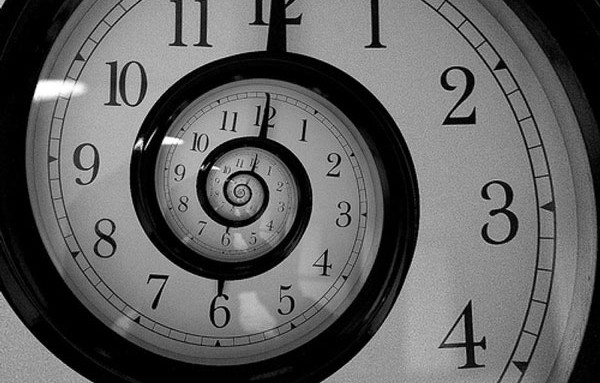Q: We run your system several times on the same or slightly changed input data and obtain the results, which do not match exactly in each case. Does it mean that the results are unstable and not trustworthy?
A: Our expert system contains very complex forecasting algorithms. It includes wavelet regressions, neural networks, complex statistical optimizers and nonlinear filters. These technologies involve calculations thousands times exceeding in volumes all typical indicators supplied with trading platforms. All computers operate on finite precision arithmetic. It typically has 15 digits accuracy. In very long and complex calculations even small discrepancies tend to sum up and bring noticeable divergences preventing the results of several runs to coincide exactly even on the same data supplied. What matters here, is the tendency in behavior of such errors.
If the results of several consecutive runs do not differ considerably and has the tendency to match exactly with the increase in the input data volume, then we can tell that algorithm is stable and has the convergence point in the multidimensional phase space. In other words, we can say that algorithm has attractor, which guarantees statistical accuracy and consistency of the results on the ensemble of representative input statistics. Convergence is governed by Lyapunov exponents and other chaos measures. This style of convergence escapes full literacy and exhibits sporadic misfits and other phenomena. Key indicator is then steady decrease in the number and amplitude of such deviations with increase of data series length, which indicates underlying model convergence to stable result in terms of its phase space.
Results of all our algorithms generally coincide in consecutive runs. Coincidence is, however, not literal because of convergence aspects of inner optimizers. On short data series, coincidence is poor or even completely absent due to statistically insignificant data. Coincidence much improves on longer series and gets better with additional data added in most cases. It indicates correct model structure and its applicability to market forecasting. In many cases, good reproduction of results requires quite long data series of thousand points and more. Exactly this statistical convergence gives our technology fundamental benefits over the most common technical indicators.

